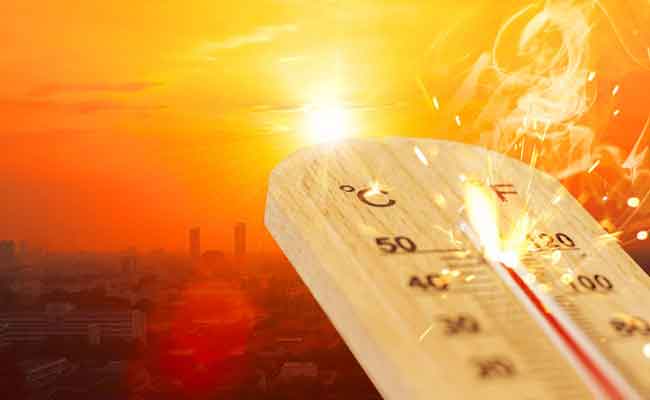The summer of 2022 — one of the hottest in history — has witnessed widespread ozone exceedance, making the air of Delhi-NCR more toxic, says a latest analysis released here today by Centre for Science and Environment (CSE).
While higher number of hot days usually record ozone levels exceeding the standards, this summer the spread of stations is much wider across the landscape.
Among the six big metros, Mumbai is second in order followed by Kolkata, Hyderabad, Chennai and Bengaluru – the last two have longer durations of exceedance despite lower frequency compared to the other metros.
This has emerged from the latest air quality analysis by CSE, released as a run-up to the World Environment Day. This is part of the air quality tracker initiative of the Urban Lab at CSE.
“Even before we could control the problem of particulate pollution, the toxic threat of ground-level ozone is catching up with us. Despite the warning signs, this problem has not attracted adequate policy or public attention for mitigation and prevention. Inadequate monitoring, limited data and inappropriate methods of trend analysis have weakened the understanding of this growing toxic risk,” says Anumita Roychowdhury, executive director-research and advocacy, CSE. “If not addressed early, it can blow up as a serious health crisis in the coming years,” she adds.
Health evidence is also growing stronger. The 2020 State of Global Air report states that age-standardised rates of death attributable to ozone is among the highest in India. The seasonal eight-hour daily maximum concentrations have recorded one of the highest increases in India between 2010 and 2017 – about 17 per cent. This requires deeper understanding of what is going on in different cities and regions to inform mitigation.
Due to the very toxic nature of ground-level ozone, the national ambient air quality standard for ozone has been set for only short-term exposures (one-hour and eight-hour averages), and compliance is measured by the number of days that exceed the standards.
Compliance requires that the standards are met for 98 per cent of the time of the year. It may exceed the limits on two per cent of the days in a year, but not on two consecutive days of monitoring. In other words, there should not be more than eight days in a year when the ozone standard is breeched, and none of those allowed exceedances can be on two consecutive days.



